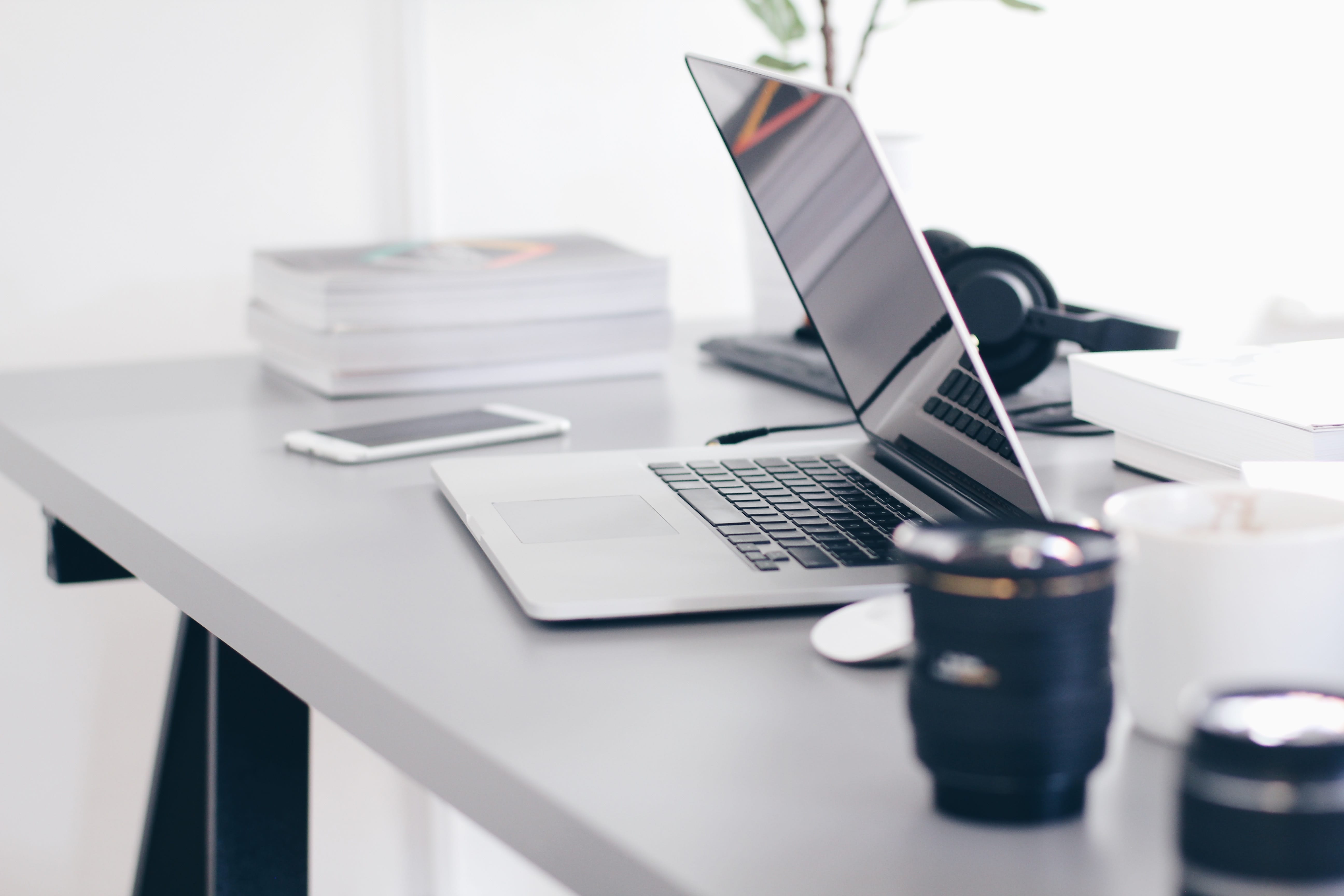Each client is unique so I employ an iterative and adaptable design process that fits within my client’s methodology whether it be lean, agile or scrum. Each process varies depending on the service required which includes branding, web/mobile app design and user experience design. Good design takes time so depending on the requirements, I can either start off by sketching ideas on a notebook or designing straight in the browser.

Having a design process provides me with a framework on how to best tackle a problem by breaking it down into a series of interconnected systems. A single screen can consist of many components, states, hidden elements, unseen feedback, user cases and scenarios, transitions and visual cues that are difficult to grasp in a single mockup, a design process provides me with an holistic overview.
My process can be broken down into 6 stages. There are many factors such as time constraints, pivoting and limited resources that can affect the outcome of each stage. Each of these stages require feedback and approval from the client before moving on to the next one. Below you can find an overview of how I typically approach a design project.